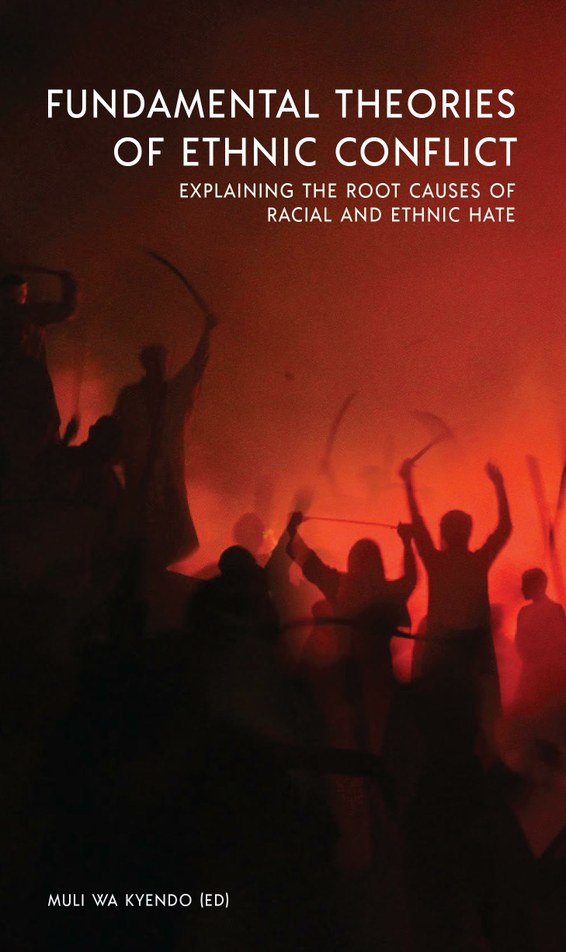|
It is essential for the writer to clearly visualize details of each setting in the story, be they big or small. Unless the reader can develop an internal image for the story, all is lost.
Feel free to surround your story with straight descriptions, perhaps a paragraph which describes essential elements of the background. However, without a full screen image, a complete description is impossible. Thus, the writer needs to describe details or elements of setting through interactions with a character. For example, "Erin stooped to withdraw a handful of green moss from the murky, swirling creek.Ē
Even in this example, thereís a risk of describing too much, for the reader will feel impatient with a succession of adjectives. In the example, it would have been acceptable to describe the creek as murky or swirling, but not both. Thatís more efficient in terms of word count. However, both adjectives are needed if the creekís murkiness or rushing current become important later in the tale.
>Itís also necessary to have accurate details. In the example, it would be questionable to have moss in a murky creek in the Mohave desert. In that case, itís safest to work with settings which are familiar to the writer. It may even be necessary to travel, visiting the area and experiencing the setting first hand.
>On the other hand, if your story is a fantasy like the Land of Oz, the problem changes. Now itís important to make the story consistent from part to part. If Hobbits live in round houses, try to avoid square ones.
Think of your story as a tapestry. You have definite parts to include, but you have artistís traditional problem of figure and ground. Will the story elements stand out from the background? Or will the background suffocate and hide them? Your story will succeed if important story elements stand out.
See the story. Imagine the background. Only you, the writer, will know the best mix.
 Fundamental Theories of Ethnic Conflict, by Muli wa Kyendo (ed.)
Fundamental Theories of Ethnic Conflict, by Muli wa Kyendo (ed.)
Description
This book develops and expands on theories that aim at explaining the root causes of ethnic and racial conflicts. The aim is to shift focus from research, policies and strategies based on tackling the effects of ethnic and racial conflicts, which have so far been ineffective as evidenced by the increase in ethnic conflicts, to more fundamental ideas, models and strategies. Contents extend across many disciplines including evolution, biology, religion, communication, mythology and even introspective perspectives.around the world.
Drawn from around the world, contributors to the book are respected and experienced award winning authors, scholars and thinkers with deep understanding of their special fields of contribution. The book was inspired by the conditions in Kenya, where ethnic violence flared up with terrifying consequences following a disputed election in 2008. Although the conflict was resolved by the intervention of the international community, Kenyans Ė like many other Africans - continue to live in fear of ethnic conflicts breaking out with more disastrous consequences. The book will be useful to policy makers, NGOs and others involved in promoting peace. It will also be useful in guiding research and as a text book in universities and colleges.
Handbook of Research on Examining Global Peacemaking in the Digital Age, Bruce L. Cook (ed.)
Description
Violent behavior has become deeply integrated into modern society and it is an unavoidable aspect of human nature. Examining peacemaking strategies through a critical and academic perspective can assist in resolving violence in societies around the world.
The Handbook of Research on Examining Global Peacemaking in the Digital Age is a pivotal reference source for the latest research findings on the utilization of peacemaking in media, leadership, and religion. Featuring extensive coverage on relevant areas such as human rights, spirituality, and the Summer of Peace, this publication is an ideal resource for policymakers, universities and colleges, graduate-level students, and organizations seeking current research on the application of conflict resolution and international negotiation.
Visit our sister web sites..
http://www.author-me.com/
http://www.authormepro.com
http://www.reservebooks.com/
http://www.strategiesforpeace.org/
http://www.sudanlit.com/
http://www.cookcom.net/
http://www.innisfreepoetry.org
We have developed a world peace website: www.wwpo.org
Publishing New Writers,
October 2019 (vol. 20, no. 10)
Publisher:
Dr. Bruce L. Cook
1407 Getzelman Drive
Elgin, IL 60123
Submissions/comments cookcomm@gmail.com. Links are welcome. To subscribe and/or review our archive of past newsletters, go to
http://www.author-me.com/newslist.htm